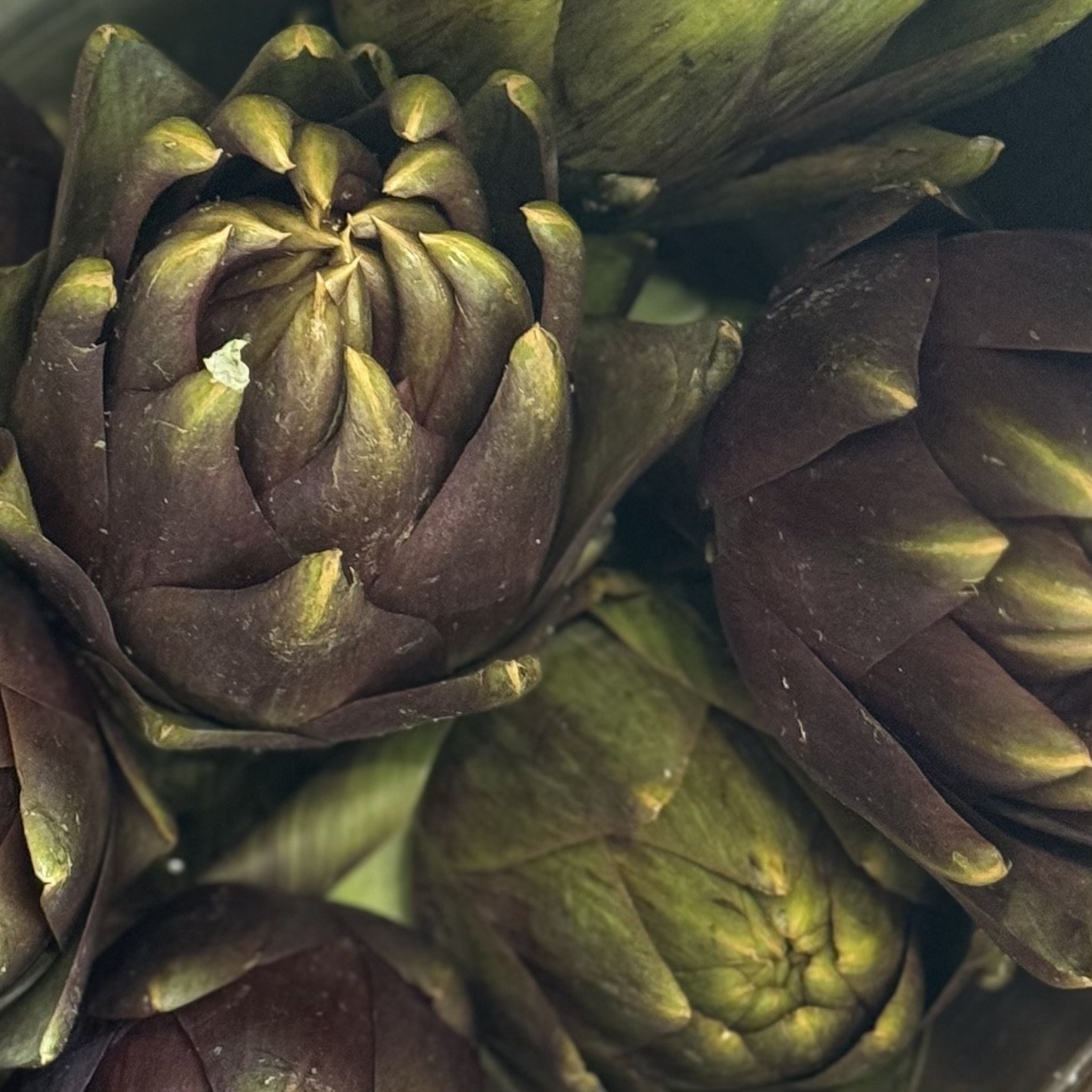Breads and desserts.
Crema catalana, or crema cremada (“burnt cream”), is a milk-based custard thickened with egg yolks and cornstarch, prepared on the stovetop. Its sugar crust is traditionally caramelized by pressing a red-hot metal rod (a cremador or planxa) onto the surface.
Pasta and grains.
Quinoa, a nutritious pseudocereal - technically a seed rather than a true grain - has been cultivated in the Andes for nearly 5,000 years. This quinoa salad features cherry tomatoes, cucumbers, carrots, and cheese.
Cheese, eggs and meat.
Fresh mozzarella, olive oil, and basil. Mozzarella is a soft, white cheese originally from southern Italy, with a delicate flavour, elastic texture, and mild milky taste. Traditionally made from water buffalo milk (mozzarella di bufala), it is also widely produced from cow’s milk (fior di latte).
Fish and crustaceans.
Pejerrey, a delicate fish native to South American waters, is tender and subtly aromatic, especially when paired with olive oil, lemon, garlic, and fresh herbs such as parsley or thyme.
Edible plants: vegetables and fruit.
Artichokes, with their tough and spiky exterior have a tender, nutty heart and delicately edible leaves when prepared. They are commonly steamed, boiled, or braised to bring out a subtle, earthy flavour.
Basic cooking techniques.
Traditional open-fire cooking combines the intensity of direct flame with the steady heat of coals. Flames are ideal for quick searing, while coals provide consistent, radiant heat suited for roasting, smoking, or baking. Together, they create the foundation of rustic, fire-based cuisine.
Easy breakfast, lunch and dinner meals.
Filetto al Pepe (steak and pepper). Tender beef, typically filet mignon, is served with a creamy peppercorn sauce.
The Mediterranean diet and its cousin, the Atlantic diet: introduction and variations.
Caldeirada, typical of an Atlantic diet, is a Portuguese rustic fish stew made with fish and shellfish, potatoes, and a tomato-based broth. Similar Mediterranean fish stews are the French bouillabaisse, Greek kakavia, Spanish zarzuela, and Italian cacciucco.








